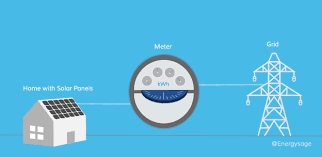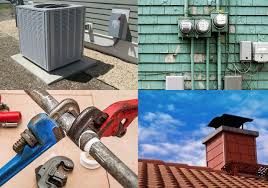Energy Audits

 An energy audit of a home may involve recording various characteristics of the building envelope including the walls, ceilings, floors, doors, windows, and skylights. For each of these components the area and resistance to heat flow (R-value) is measured or estimated. The leakage rate or infiltration of air through the building envelope is of concern, both of which are strongly affected by window construction and quality of door seals such as weatherstripping. The goal of this exercise is to quantify the building's overall thermal performance. The audit may also assess the efficiency, physical condition, and programming of mechanical systems such as the heating, ventilation, air conditioning equipment, and thermostat.
An energy audit of a home may involve recording various characteristics of the building envelope including the walls, ceilings, floors, doors, windows, and skylights. For each of these components the area and resistance to heat flow (R-value) is measured or estimated. The leakage rate or infiltration of air through the building envelope is of concern, both of which are strongly affected by window construction and quality of door seals such as weatherstripping. The goal of this exercise is to quantify the building's overall thermal performance. The audit may also assess the efficiency, physical condition, and programming of mechanical systems such as the heating, ventilation, air conditioning equipment, and thermostat.
A home energy audit may include a written report estimating energy use given local climate criteria, thermostat settings, roof overhang, and solar orientation. This could show energy use for a given time period, say a year, and the impact of any suggested improvements per year. The accuracy of energy estimates are greatly improved when the homeowner's billing history is available showing the quantities of electricity, natural gas, fuel oil, or other energy sources consumed over a one or two-year period.
A home energy audit is often used to identify cost effective ways to improve the comfort and efficiency of buildings. In addition, homes may qualify for energy efficiency grants from central government.


